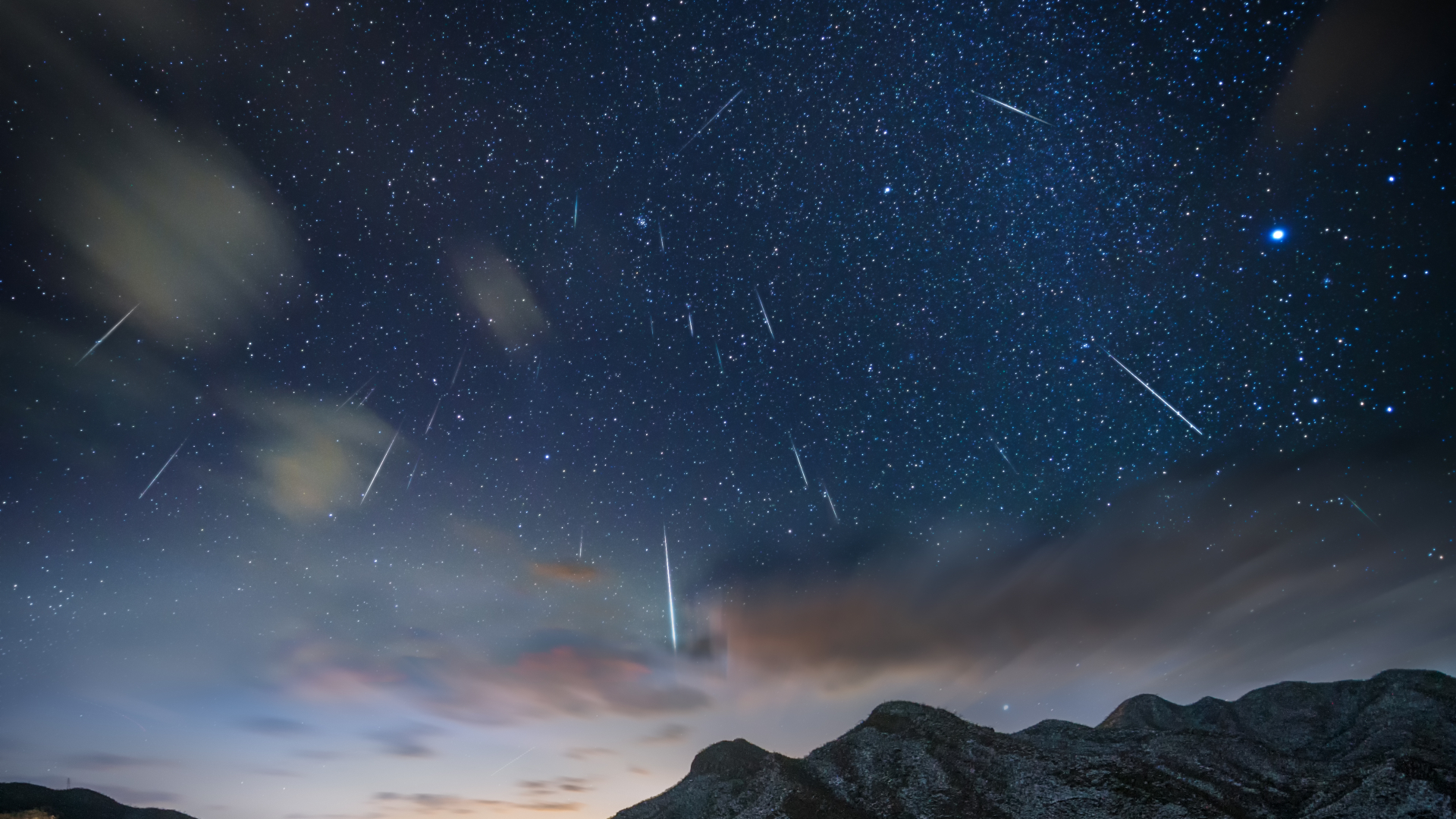Mysterious East Coast Boom Was Falling Russian Rocket

Editor's Note: On Tuesday, astronomers agreed that this event was most likely caused by a natural meteor. Click here to read the latest account.
Themysterious boom and flash of light seen over parts of Virginia Sunday night wasnot a meteor, but actually exploding space junk from the second stage of aRussian Soyuz rocket falling back to Earth, according to an official with theU.S. Naval Observatory.
"I'mpretty convinced that what these folks saw was the second stage of the Soyuzrocket that launched the crew up to the space station," said Geoff Chesterof the Naval Observatory in Washington, D.C.
Residentsof the areas around Norfolk and Virginia Beach, Va., began calling 911 lastnight with reports of hearing a loudboom and seeing a streak of light that lit up the sky, according to newsreports.
Chesterheard about the incident this morning; the Naval Observatory gets plenty ofreports of such fireballs and Chester investigated whether it could be a meteoror whether there were "any potential decays of space junkthat were coming up," he told SPACE.com.
He checkedthe listing for debris that were expected to enter the lower atmosphere fromtheir decaying orbits around this time period and found that second stage ofthe Soyuz rocket that launched last Thursday was slatedto hit during a window that started at 8 p.m. last night.
TheRussian-built Soyuz rocket lifted off Thursday from the Central Asian spaceportof Baikonur Cosmodrome in Kazakhstan to launch a new crew and Americanbillionaire Charles Simonyi - the world's first two-time space tourist - to theInternational Space Station. The spaceflyers arrivedat the space station on Saturday.
Breaking space news, the latest updates on rocket launches, skywatching events and more!
Chester ran a satellite tracking programthat showed that the rocket debris should have come down exactly in the areawhere the fireball was spotted.
"Thisis just too much of a coincidence to be coincidence," he said.
Chestersaid that U.S. Space Surveillance Network had not yet confirmed that this wasthe case, but said that he was "99 and four one-hundredths [percent]convinced that this is what it is."
Thedescriptions of the boom and streak of light reported by local residents were"entirely consistent with re-entering space junk, especially somethingthis big," Chester said.
Deltaairline pilot Bryce Debban reported seeing the streak of light on a flight from Boston to Raleigh-Durham when his plane was about 31,000 feet in the air.
"Wesaw it streak across the sky and then blow up," Debban told SPACE.com."It was brighter than the full moon. It lit up the cockpit as if it weredaylight."
JamesZimbelman of the Smithsonian National Air & Space Museum's Center for Earthand Planetary Sciences said that the explosion being caused by a re-enteringrocket was very plausible. It "sounds all too reasonable," he said.
A rocketstage would fragment and explode "just as if it were a meteorite," hesaid. And the size of the rocket would explain why the explosion was seen overso wide an area.
The Soyuzrockets jettison their second stage after entering orbit in such a way that thesecond stage will slowly fall back to earth in a few days. But "you cancontrol precisely where these things are going to come down," Chester said.
It'spossible that some fragments of the rocket made it to the Earth's surface, butthey would likely have a couple of hundreds of miles east of Cape Hatteras, Chester said.
"Idon't think anybody will find anything on land," he said.
- Mystery Flash and Big Boom Rattles Virginia
- Video - Fragmentation: The Expanding Danger of Space Debris
- Video - A Meteoric Tale

Andrea Thompson is an associate editor at Scientific American, where she covers sustainability, energy and the environment. Prior to that, she was a senior writer covering climate science at Climate Central and a reporter and editor at Live Science, where she primarily covered Earth science and the environment. She holds a graduate degree in science health and environmental reporting from New York University, as well as a bachelor of science and and masters of science in atmospheric chemistry from the Georgia Institute of Technology.
